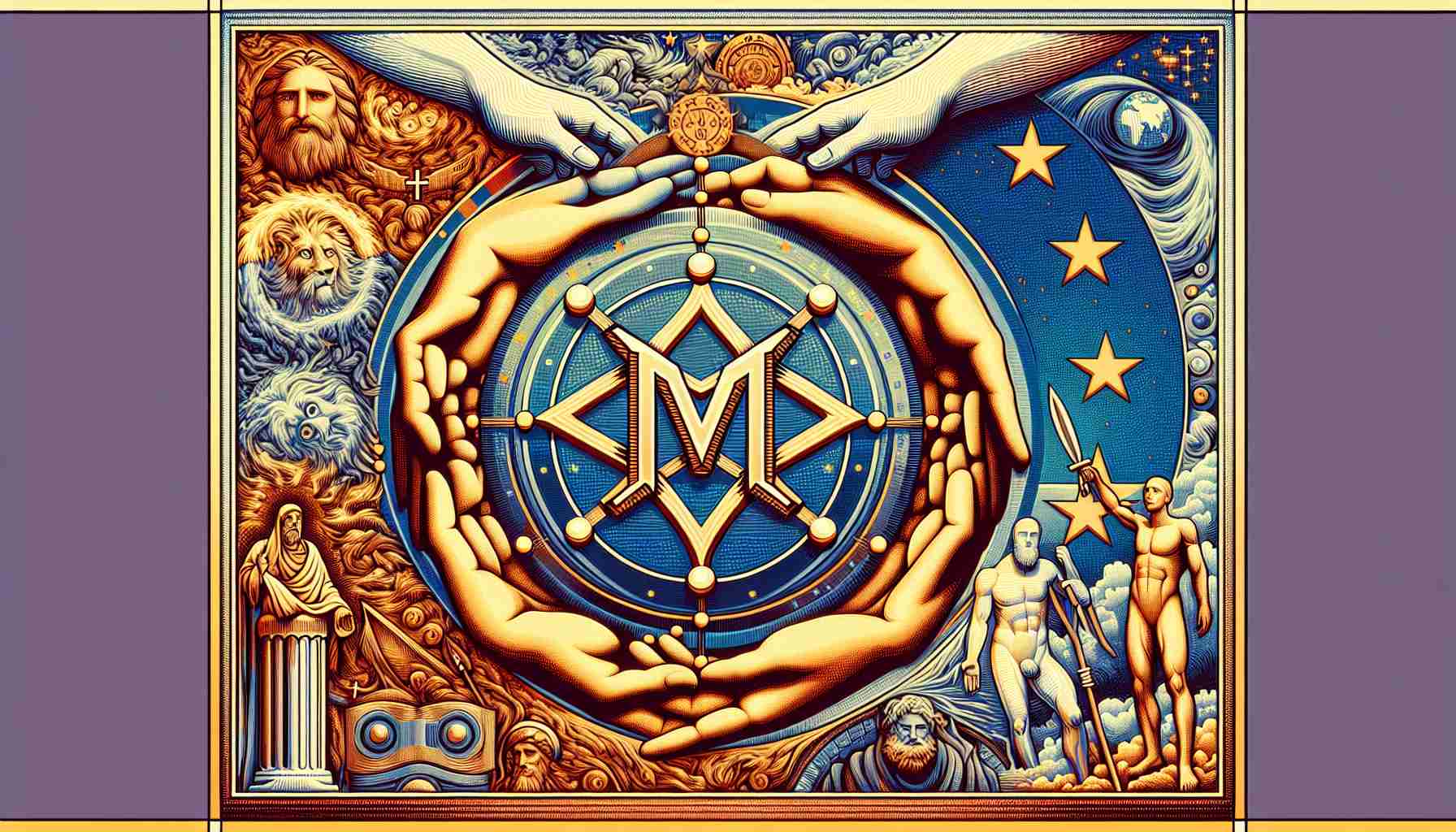Circle, the leading issuer of the USDC stablecoin, is fortifying its European strategy in response to the forthcoming Markets in Crypto-Assets (MiCA) regulation by establishing a strategic partnership with the French digital asset association Adan.
Strategic Alliance for Regulatory Compliance
As Europe gears up for the introduction of MiCA, Circle has pinpointed a regulatory-first approach, making its collaboration with Adan timely. The collaboration paves the way for Circle to align with upcoming regulatory demands while continuing its growth in the European digital finance sector.
Coralie Billmann, the managing director of Circle France, believes joining hands with Adan is in sync with Circle’s aim for regulatory compliance and expansion. France serves as Circle’s hub in Europe due to its innovation-friendly laws, thereby providing the company with a stable and welcoming business infrastructure.
Adan’s Role in Circle’s Expansion
The Adan partnership underscores Circle’s proactive steps in adapting to the complex European regulatory environment, virtually ensuring its consonance with incoming financial governance while maintaining its market edge in innovating financial solutions.
The MiCA Effect on Stablecoins
European stablecoin dynamics are poised for a shakeup as MiCA introduces stringent operating conditions. Analysis from Jasper De Maere at Outlier Ventures points out the regulatory challenges, particularly for dollar-backed stablecoins. Such regulations might compel operators to reconsider their EU presence, impacting the availability of diverse stablecoins for European users.
Notwithstanding, Circle is well-equipped to navigate this regulatory shift. Its provisional registration as a digital asset service provider in France, coupled with the Adan partnership, demonstrates the company’s resilience and commitment to remain at the forefront of Europe’s digital asset innovation, all while providing a reliable and regulation-compliant service to its users.
Understanding MiCA Regulation
The Markets in Crypto-Assets (MiCA) regulation is an upcoming framework designed by the European Union to oversee crypto-assets, including stablecoins like the USDC issued by Circle. MiCA aims to protect consumers, establish clear crypto market regulations, and set standards for the operation of crypto-asset service providers in the EU.
Circle’s Compliance and Expansion Strategy
Circle’s partnership with Adan aligns with its strategy to comply with local regulations while expanding its presence in the European market. The strategic alliance helps Circle anticipate and effectively respond to regulatory changes, reducing the risk of non-compliance and ensuring the continuity of their services within the EU.
Advantages
– Regulatory Compliance: The partnership with Adan may facilitate Circle’s alignment with MiCA regulations, potentially avoiding fines and legal challenges.
– Maintaining Market Presence: By adhering to regulations, Circle preserves its ability to operate in Europe, a significant market for digital asset services.
Disadvantages
– Regulatory Limitations: Strict regulations like MiCA could limit Circle’s operational flexibility, potentially affecting innovation and growth.
– Cost Implications: Adjusting to new regulations might require increased expenditures in legal, compliance, and administrative sectors.
Key Challenges and Controversies
One of the main challenges Circle and the crypto industry face is adhering to the various regulatory requirements while preserving the innovative and open nature of the crypto markets. The new MiCA regulations may impose stringent rules that could challenge stablecoins particularly pegged to non-EU currencies, such as the US dollar-dominated USDC.
Furthermore, while regulations like MiCA aim to protect consumers, they could also stifle the growth of the crypto market by imposing heavy-handed requirements on crypto businesses that could reduce competition and the availability of services.
Related Links
To acquire more information on Circle, visit their official website at Circle. For understanding the broader implications of the MiCA regulation, information may be available through official European Union websites. However, verify external links independently, as assistance provided here does not guarantee the validity of URLs.



